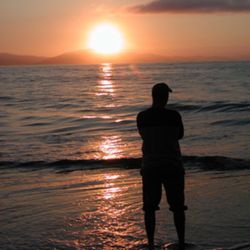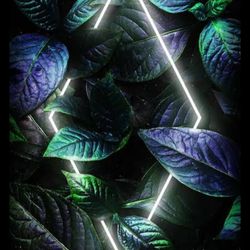
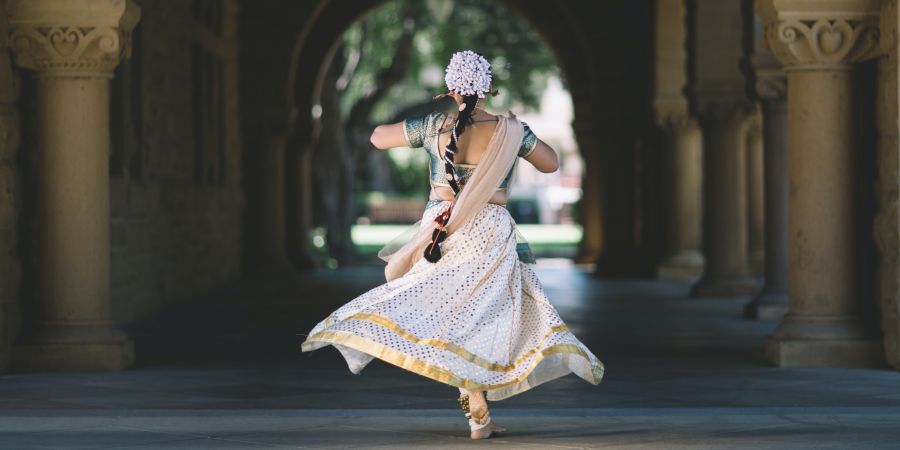
Namashkar to all. in one of my blogs I explored one of the biggest features of Indian culture that is food in today I am going to explore another feature of our culture that is our classical dance and make a small tribute to our culture
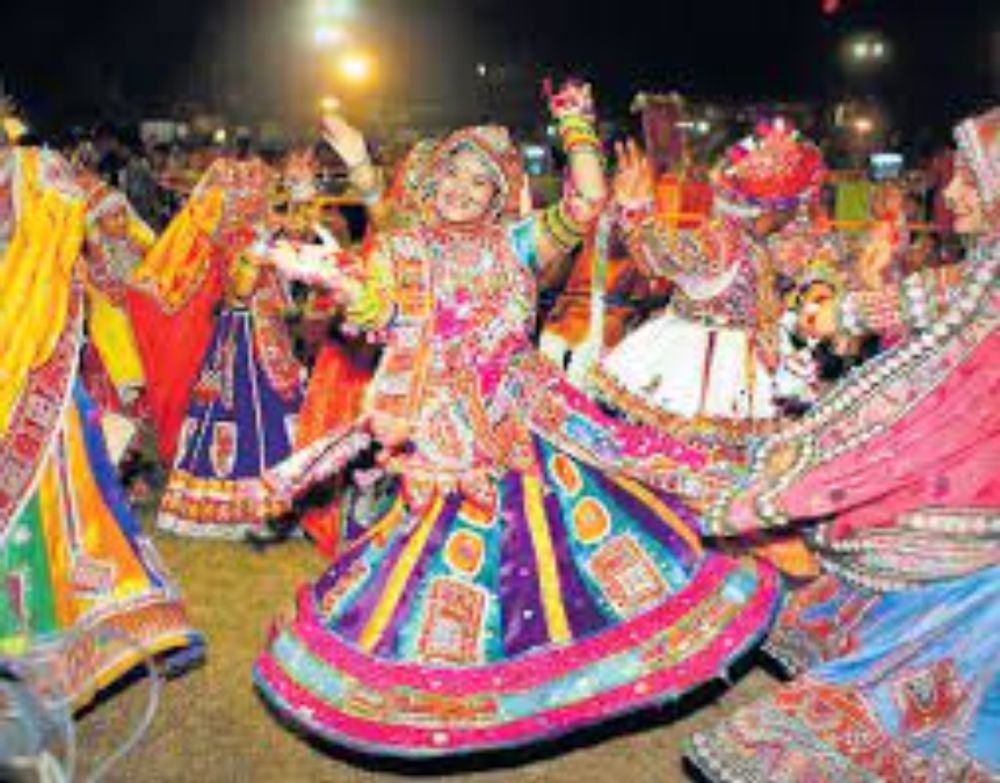
GARBA (GUJRAT)Jai Mata Di to all as we all know Navratri is around the corner so I am going to start my blog with Garba which is the traditional dance form of Gujrat. It will also sound interesting comes from the word Garbha This dance is performed in a circle that symbolizes the Hindu view of time. one of the special features is an image of Durga is placed in the middle of concentric rings as an object of veneration means womb
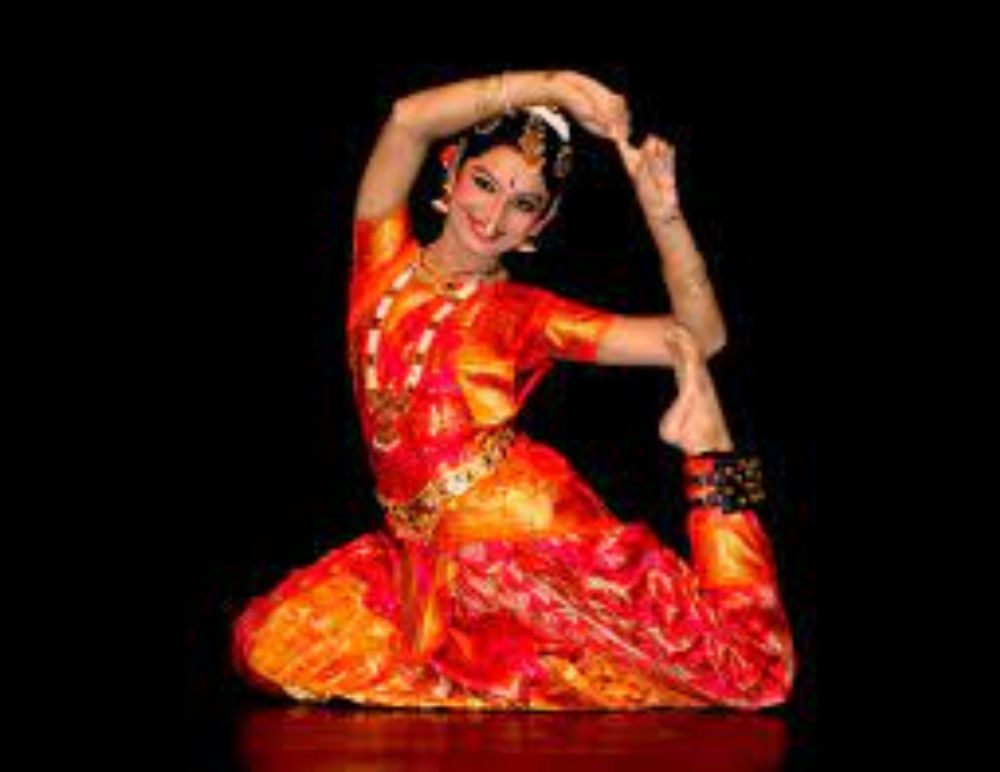
Bharatnatyam (TAMIL NADU) After Garba we are going to discuss Bharatnatyam that is originated around 2000 years ago. This dance is considered to be the most difficult dance that the required skill, precision, strength, and discipline it is believed that this dance was revealed by Lord Brahma to Bharat. This dance was practice by Lord Shiva and is performed by both male and female dancers
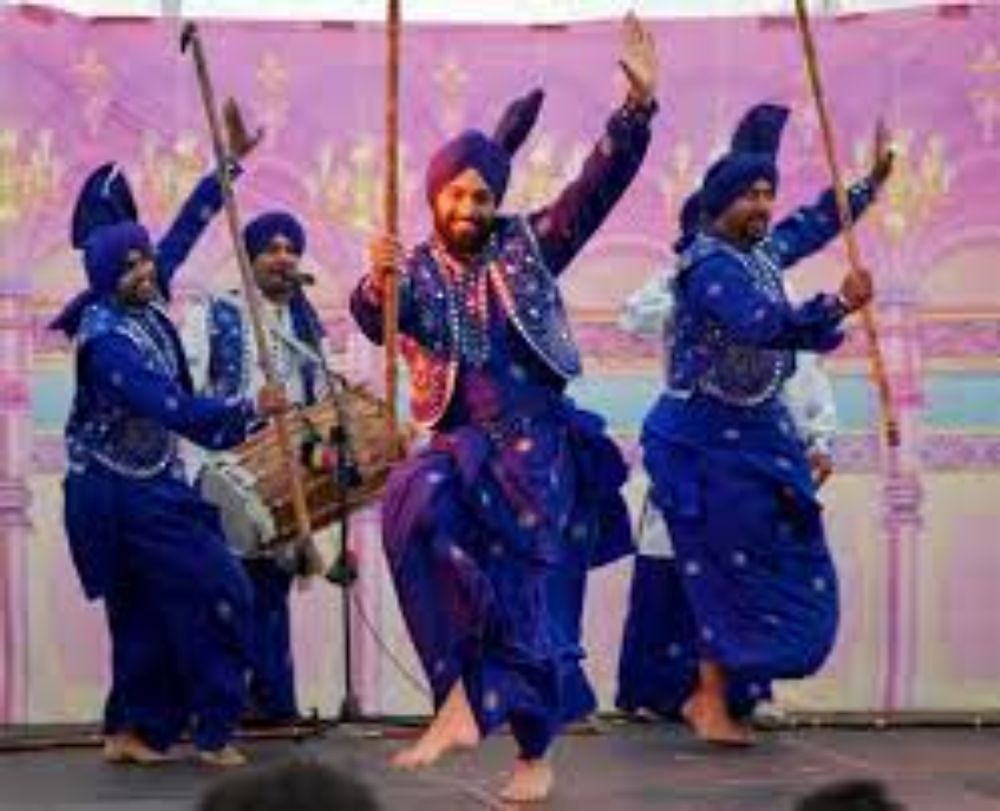
Bhangra (PUNJAB) After Bharatnatyam it's time to discuss Bhangra from the state of Punjab which said originated during the period of the 14th or 15th century by the farmers of Punjab. This dance was first time perform during the period of the 1880s. It is performed by both males and females the other form of this gidhaa. It will also interest you that Punjab is very rich in dance and have more than 10 types of folk dance
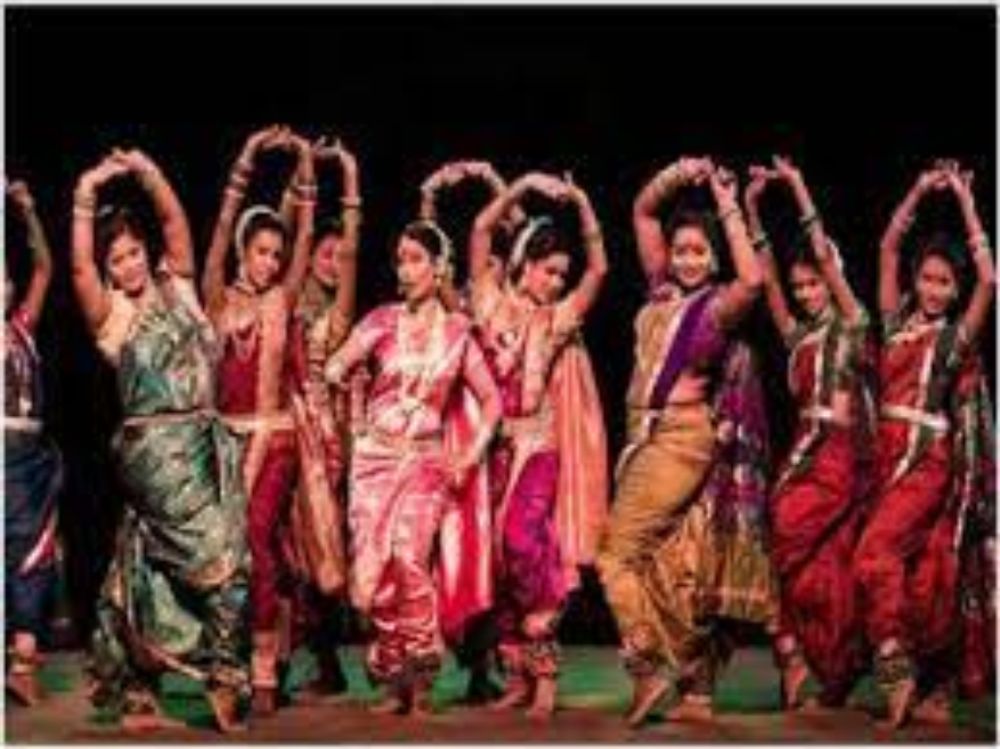
LAVNI (MAHARASTRA) According to a belief Lavni is origin from the word Lavanya means beauty . as the mean of this word indicates this dance is performed by ladies . ladies dressed up beautifully by wearing 9 yards saree. this dance deals with various social issues with religion and politics. if we talk about the origin of Lavni so it is believed that Lavni was origin during the period of 13th century

SATTRIYA DANCE(ASSAM) The period of the 15th-century believe to be the origin of this dance form this dance strictly follows the period of footwork, music, etc. This dance includes different elements. The dance form is involved as a distinctive dance form later on. Some of these principles of this dance form are hastmundras, music, footwork, etc







